Rain bombs and megaflash lightning: Australia experiences unprecedented weather
Nine people have been killed during days of torrential rainfall and flooding
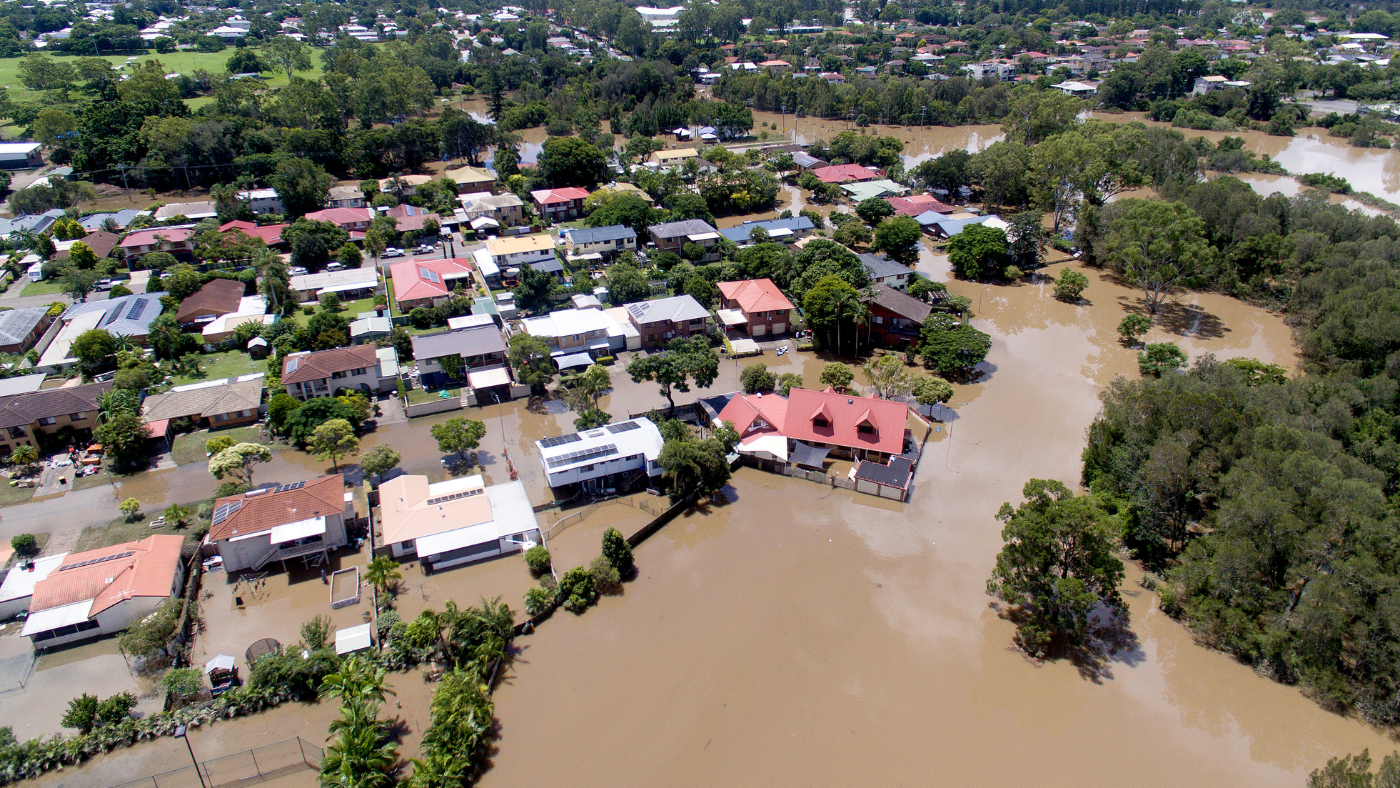
Australia’s east coast has been hit by record-breaking levels of rain over the past week with storms causing severe flooding and extensive damage to thousands of homes.
Brisbane was one of the first areas to be hit over the weekend, with schools shutting on Monday as the Brisbane River reached its highest level since 2011. The amount of rain that’s fallen since last Thursday – more than 1.5 metres – comes close to the average annual rainfall for the region.
The weather system then moved south over northern New South Wales (NSW), with the state’s premier describing the weather as a “one-in-a-thousand year” event. Forecasts that the weather system is now heading further south have cast “an ominous warning for the Mid North Coast, Sydney and the South Coast”, said The Sydney Morning Herald.
The Week
Escape your echo chamber. Get the facts behind the news, plus analysis from multiple perspectives.

Sign up for The Week's Free Newsletters
From our morning news briefing to a weekly Good News Newsletter, get the best of The Week delivered directly to your inbox.
From our morning news briefing to a weekly Good News Newsletter, get the best of The Week delivered directly to your inbox.
Trapped overnight
“The rain has been fierce and has continued, unabated,” said The Guardian, describing it as a “rain bomb” weather event. In the town of Woodburn, NSW, around 50 residents and their pets have been trapped overnight on a bridge as they tried to escape the rising floodwaters, the BBC reported.
Lismore, NSW, “is a community that has become used to flooding”, said The Guardian. “But this is not a flood, this is a catastrophe”, resident Sue Higginson wrote in the newspaper. “If you had a flood plan – which everyone on flood-prone land does, especially since 2017 – it was meaningless.”
Lismore residents are experiencing some of the worst weather on record, and Higginson warned: “This is an emergency – a climate emergency.”
Weather bomb
Nine people in Queensland have died, and the national death toll currently stands at ten. Many of the fatalities “were people who had attempted to cross flooded roads, either by foot or in a vehicle”, said Reuters. There have been a number of “close calls”, as residents have been stranded on their roofs or sheltered from the rain in their homes, said The Times.
A free daily email with the biggest news stories of the day – and the best features from TheWeek.com
Prime Minister Scott Morrison described the extreme conditions as a “weather bomb”, and reassured citizens that defence personnel are being deployed to lead rescue and recovery efforts.
A weather bomb, the Met Office explained, is an unofficial term that refers to what happens when the central pressure inside an area of low pressure falls “at a very rapid rate”.
Last week, meteorologists warned that low pressure over the south coast of Queensland was “dragging in moisture from the Coral Sea” and “lifting it over the coastline”. Colder air higher up in the atmosphere was “making the atmosphere unstable”, causing this moisture to fall as rain, said The Guardian.
The complex weather pattern La Niña is “kicking in hard and heavy” this year, causing an “extended storm season”, wrote Genelle Weule at ABC News last month. The weather radar has been “chock full of orange, red and purple splotches” as “extreme storm events have shimmied across Australia.
“Along with flash flooding and high winds, angry black storm clouds can also produce spectacular and potentially dangerous light shows,” she added. This has included “megaflashes”, in which a single lightning flash stretches across hundreds of kilometres of the sky and lasts for several seconds.
Stoking criticism of government
The huge geographic spread of the latest floods is “stretching emergency resources”, said the Daily Mail. And they “are stoking criticism of the Australian government’s stance on climate change”, said the Financial Times.
When asked about the floods on Monday, Treasurer Josh Frydenberg omitted any mention that warming global temperatures contribute to more extreme weather patterns, remarking instead that “forever it’s been thus”.
Further flood warnings came as the Intergovernmental Panel on Climate Change (IPCC) published its latest report on the global impact of warming temperatures yesterday. Among its findings, the report highlighted that coastal flood damage is projected to increase at least tenfold around the world by 2100.
-
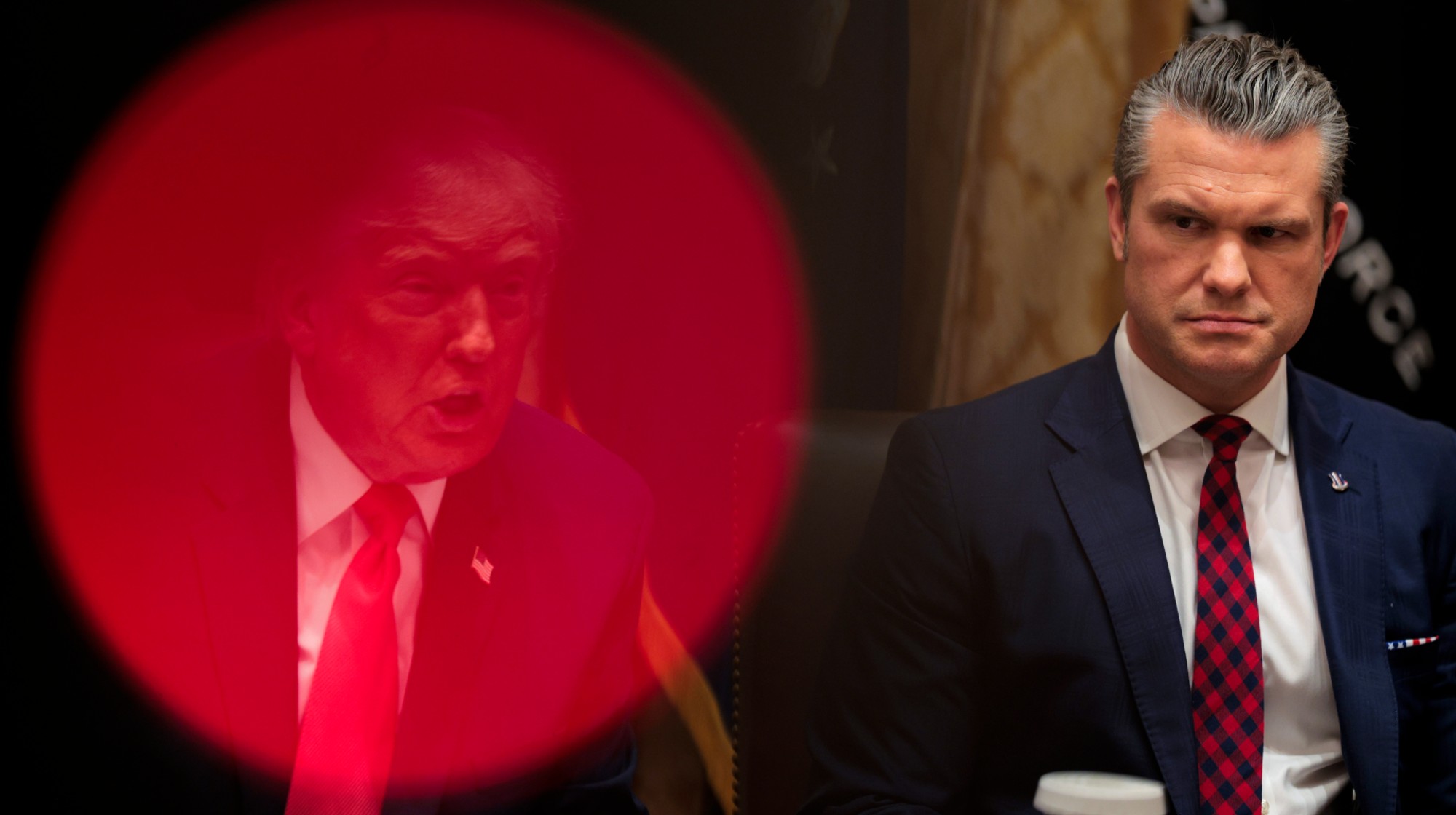 Why is Trump’s alleged strike on Venezuela shrouded in so much secrecy?
Why is Trump’s alleged strike on Venezuela shrouded in so much secrecy?TODAY'S BIG QUESTION Trump’s comments have raised more questions than answers about what his administration is doing in the Southern Hemisphere
-
 Vance’s ‘next move will reveal whether the conservative movement can move past Trump’
Vance’s ‘next move will reveal whether the conservative movement can move past Trump’Instant Opinion Opinion, comment and editorials of the day
-
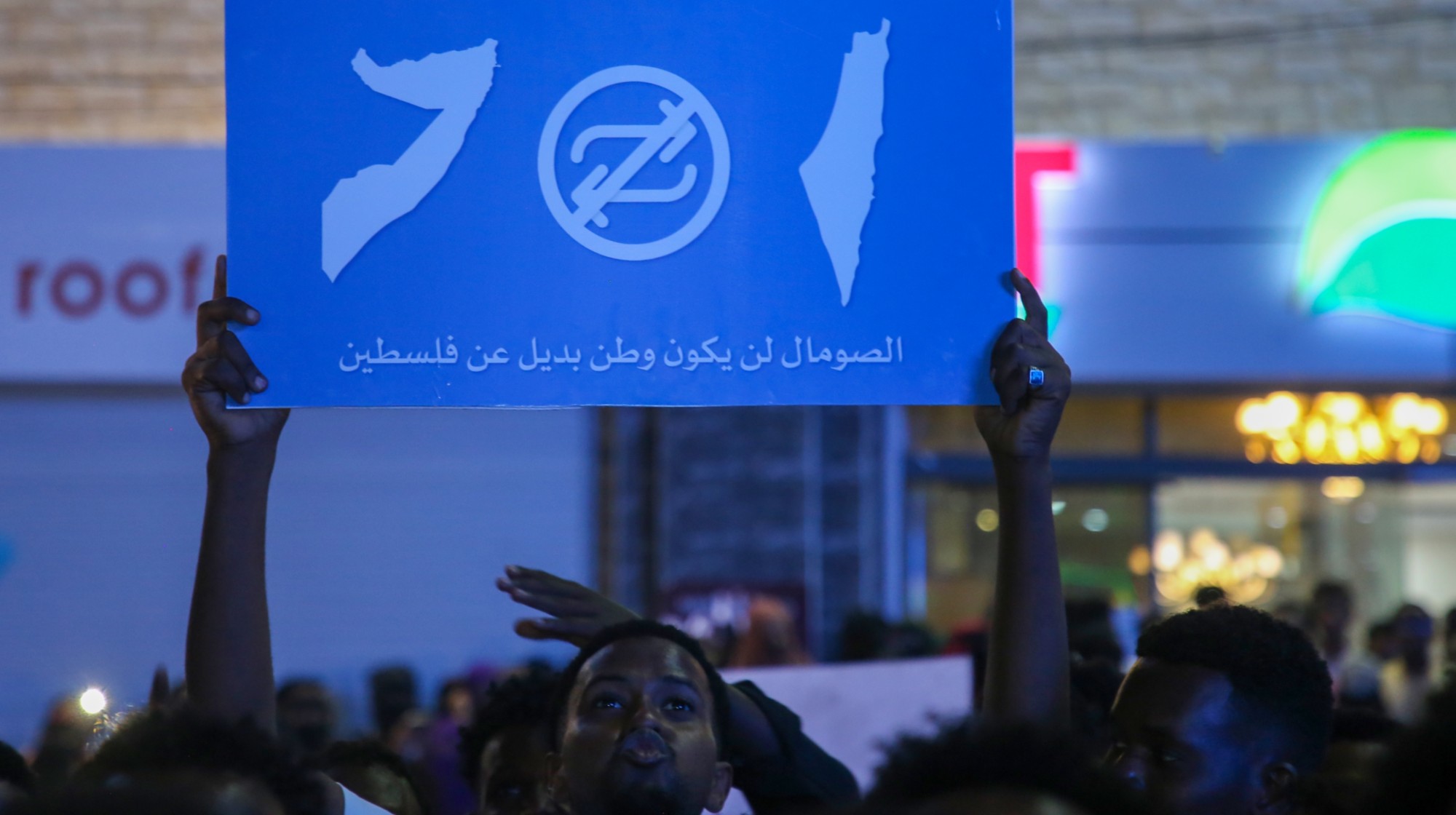 Why recognizing Somaliland is so risky for Israel
Why recognizing Somaliland is so risky for IsraelTHE EXPLAINER By wading into one of North Africa’s most fraught political schisms, the Netanyahu government risks further international isolation
-
 Environment breakthroughs of 2025
Environment breakthroughs of 2025In Depth Progress was made this year on carbon dioxide tracking, food waste upcycling, sodium batteries, microplastic monitoring and green concrete
-
 Crest falling: Mount Rainier and 4 other mountains are losing height
Crest falling: Mount Rainier and 4 other mountains are losing heightUnder the radar Its peak elevation is approximately 20 feet lower than it once was
-
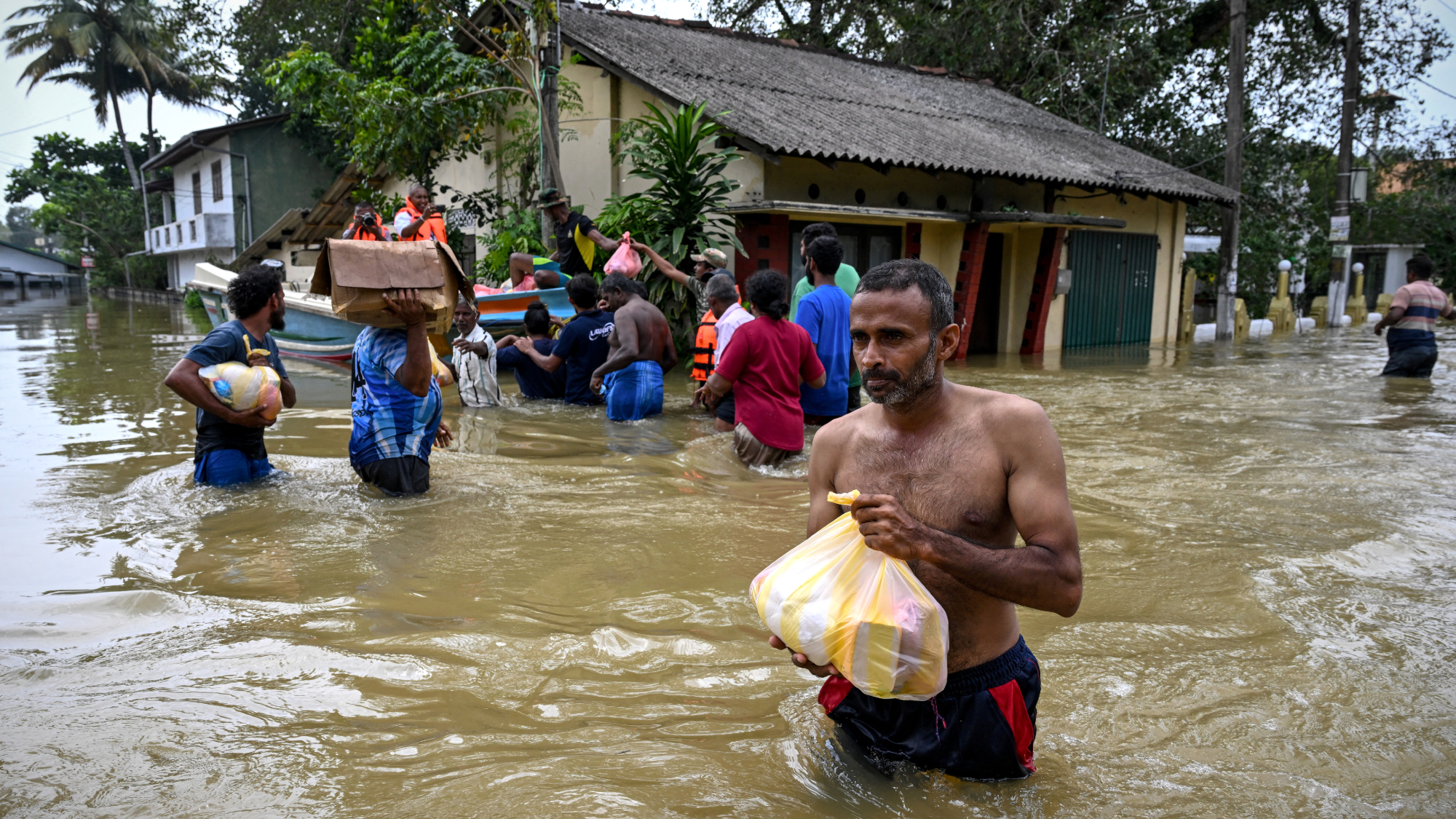 Death toll from Southeast Asia storms tops 1,000
Death toll from Southeast Asia storms tops 1,000speed read Catastrophic floods and landslides have struck Sri Lanka, Indonesia, Thailand and Malaysia
-
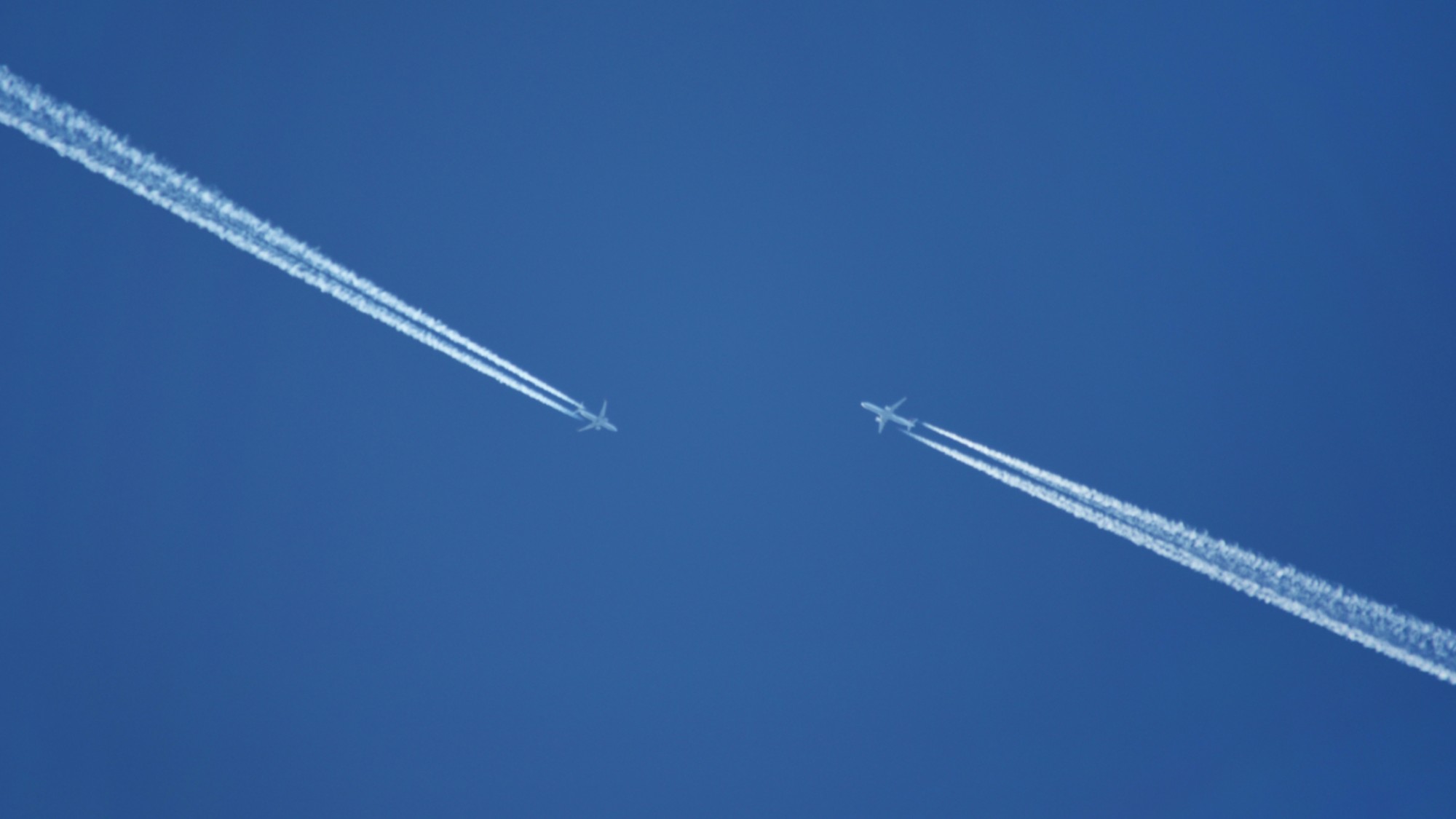 Can for-profit geoengineering put a pause on climate change?
Can for-profit geoengineering put a pause on climate change?In the Spotlight Stardust Solutions wants to dim the sun. Scientists are worried.
-
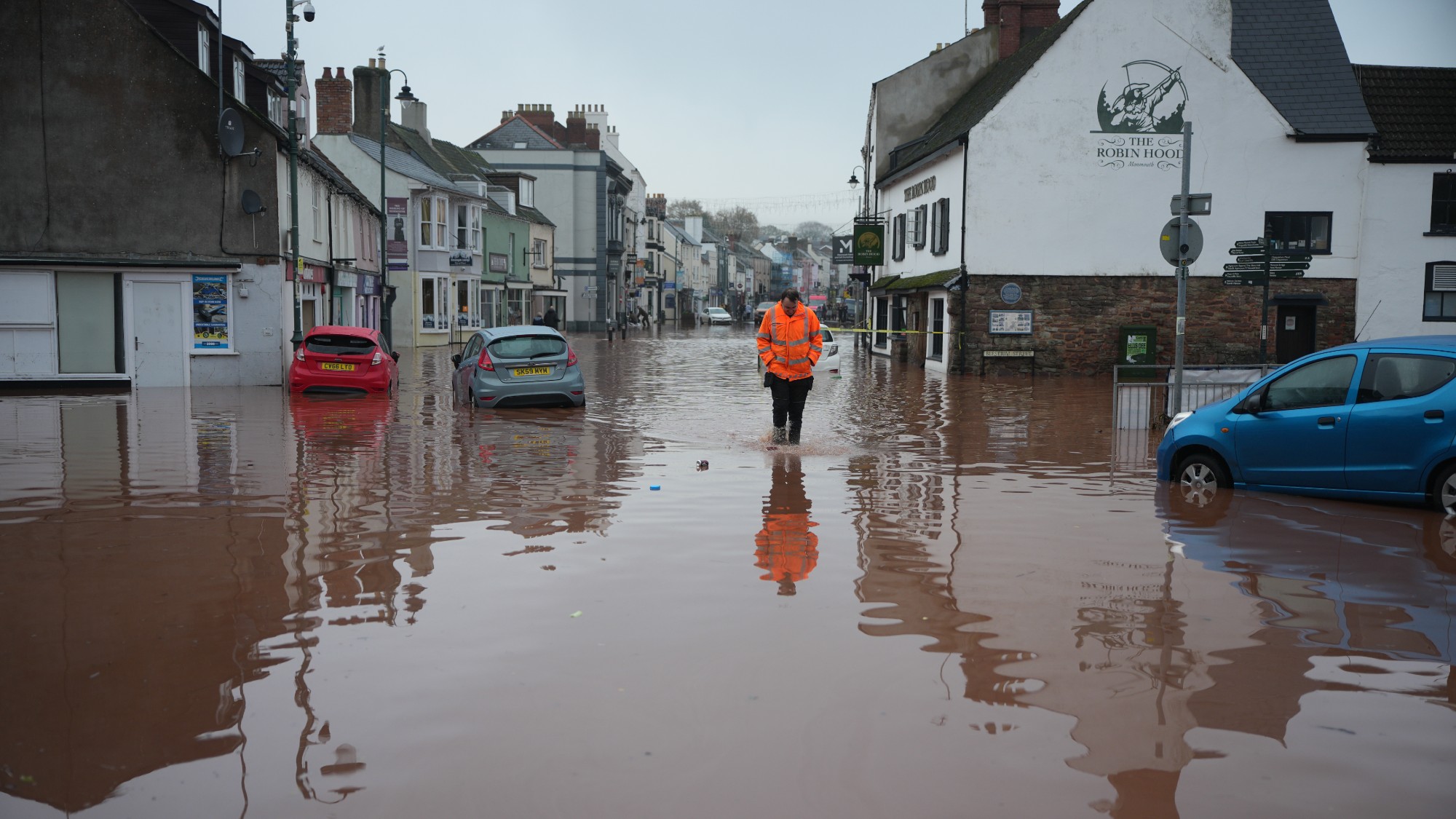 How will climate change affect the UK?
How will climate change affect the UK?The Explainer Met Office projections show the UK getting substantially warmer and wetter – with more extreme weather events
-
 Can the UK do more on climate change?
Can the UK do more on climate change?Today's Big Question Labour has shown leadership in the face of fraying international consensus, but must show the public their green mission is ‘a net benefit, not a net cost’
-
 Did Cop30 fulfil its promise to Indigenous Brazilians?
Did Cop30 fulfil its promise to Indigenous Brazilians?Today’s Big Question Brazilian president approves 10 new protected territories, following ‘unprecedented’ Indigenous presence at conference, both as delegates and protesters
-
 Can the world adapt to climate change?
Can the world adapt to climate change?Today's Big Question As the world gets hotter, COP30 leaders consider resilience efforts